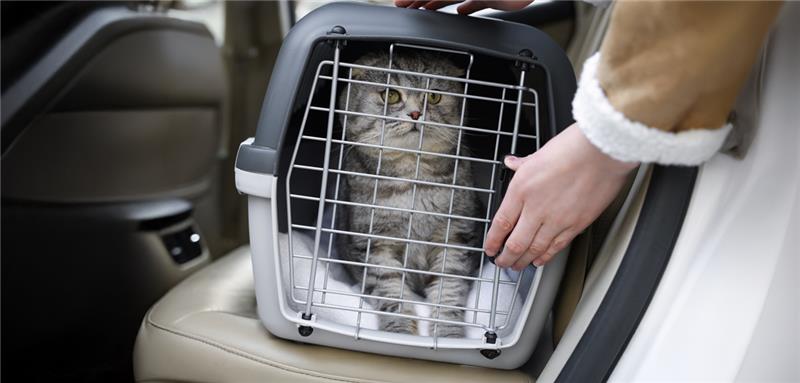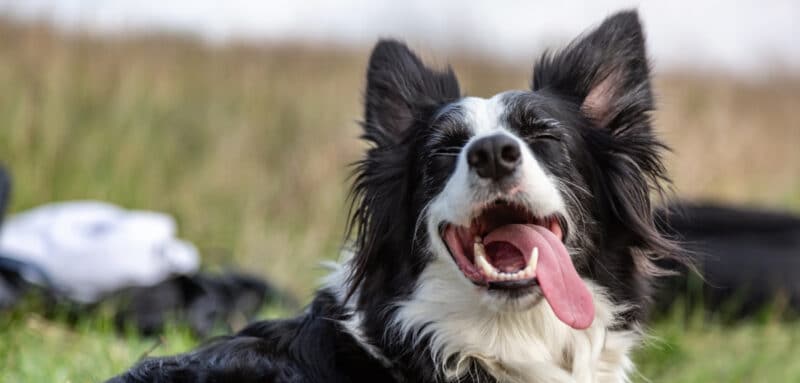When I go to see a healthcare professional myself, the veterinarian in me is never far away. I often find myself comparing our realities, asking questions, and discussing what they observe, treat, or understand about their patients.
Oral health: when the veterinarian visits the dentist
This week, I went to the dentist. My usual dentist had retired, so I met her replacement. While she was examining my X-rays, I naturally wanted to talk about them—a vet’s reflex! Very quickly, the discussion turned to the differences between human and animal dental health.
The tooth roots of dogs and cats are longer, and fractures and abscesses are more common but often go unnoticed for longer than in humans, since animals cannot verbally communicate their pain.
I showed her an X-ray of one of my patients (I have everything on my phone: cute patients, wounds, fractures, my teenagers, my family…).
She smiled, fascinated, and exclaimed, “You don’t see that often in humans!”
And I replied, “Maybe, but how many owners tell me, ‘He can’t be in pain, he’s still eating well…’”
She nodded, “Keep raising awareness among your clients, it’s so important.”
Before she left, I invited her to subscribe to the Flair & cie newsletter. Invitation accepted!
Eye health: the veterinarian at the optometrist
A few weeks earlier, on a Saturday morning, I had to rush to the optometrist because of a stye—a real, big, painful one. I was sincerely grateful to get an appointment so quickly, even with an emergency fee.
I was seen by a brilliant and passionate fifth-year intern. Since I had just welcomed a fifth-year veterinary medicine student to our team at the Hôpital vétérinaire de Montréal, we compared their programs, their learning experiences, and their career prospects.
The intern then performed a fluorescein test on me. I took the opportunity to explain how this same dye is used in veterinary medicine to detect and diagnose corneal ulcers, especially in outdoor cats. These adventurous felines fight, scratch each other… and then rub their eyes after their misadventures.
Anesthesia and care: conversations between caregivers
I regularly have brunch with a friend who is an anesthesiologist… Our discussions revolve around anesthesia, protocols, pain management, and stress management for families. As a specialist, she obviously knows much more about anesthesia than I do. As for me, a veterinary general practitioner, I am fortunate to be able to refer my highest-risk patients to specialty or emergency centers where veterinary specialists, including anesthesiologists, practice. Our discussions are always fascinating and remind me how similar the principles of care are: prepare carefully, understand the case, dose accurately, provide attentive support, and be gentle and vigilant until recovery.
The same vocation, beyond species
These exchanges with my peers remind me that, beyond species, we belong to the same community of caregivers.
We share a common curiosity, a desire to relieve suffering, a commitment to preserving quality of life, a dedication to informing, and a conviction that we must never stop learning.
Because medicine, whatever form it takes, is constantly evolving… and our vocation remains the same: to care for humans and animals with compassion and expertise.
She signs this text
A veterinarian since 2000, Dr. Lucie Hénault is the president of Flair & cie, a group of ten veterinary establishments run by field associates—ten veterinarians and one animal health technician who work with animals and their owners on a daily basis.An author, popularizer, and passionate columnist, Dr. Lucie Hénault is also the founder of Flair & cie web magazine, a reference for credible, expert, and rigorously verified content designed to inspire and empower animal lovers.





